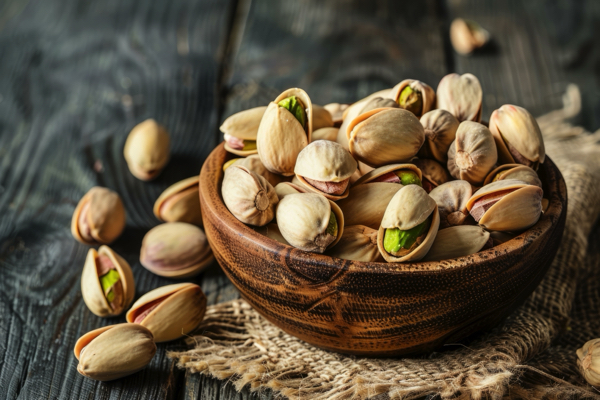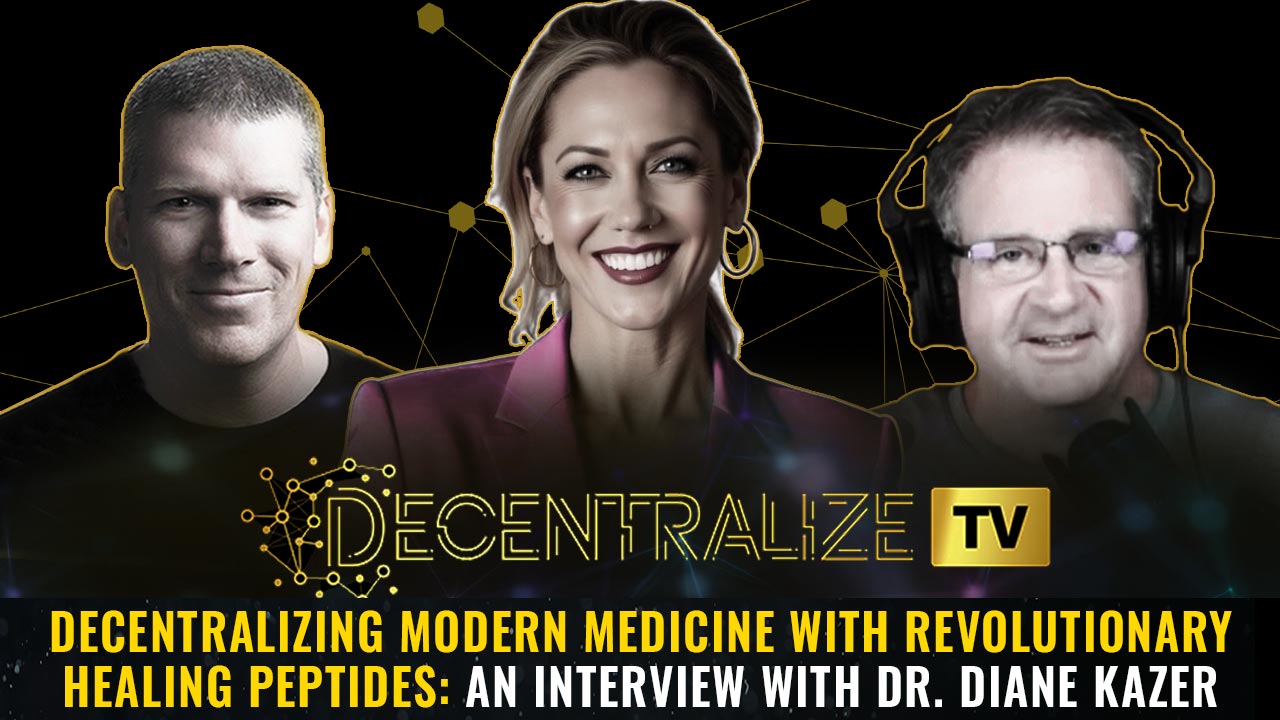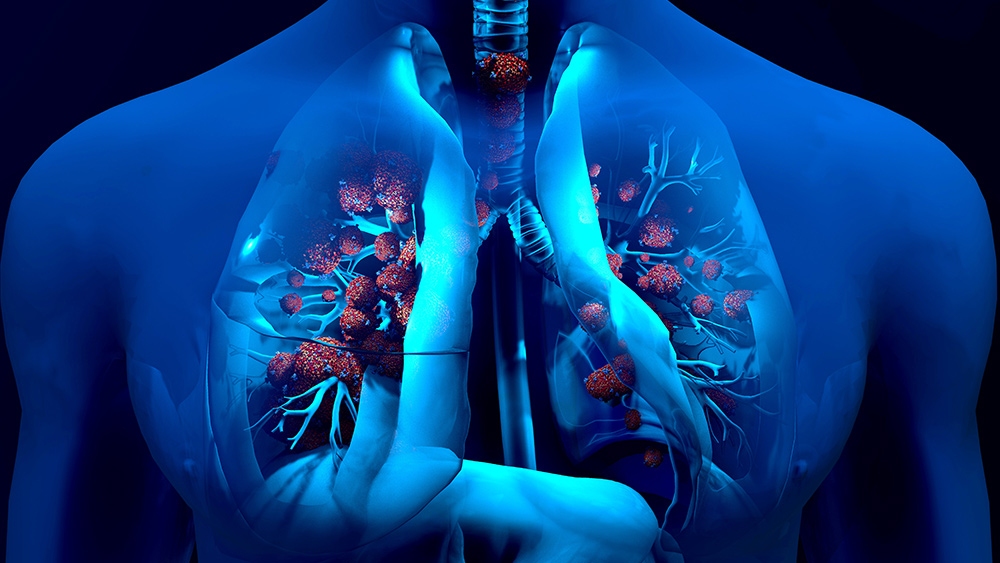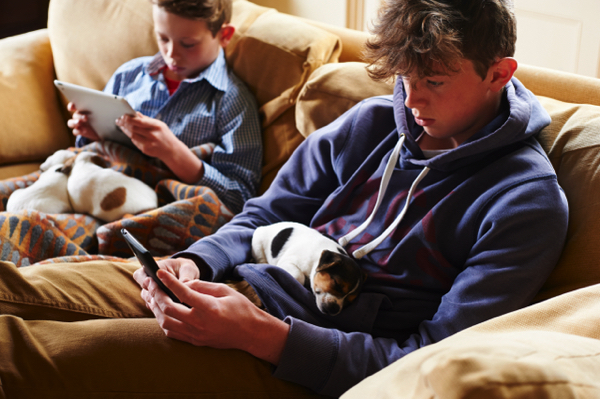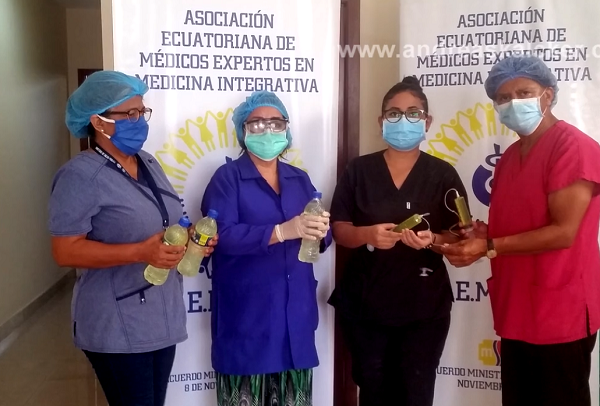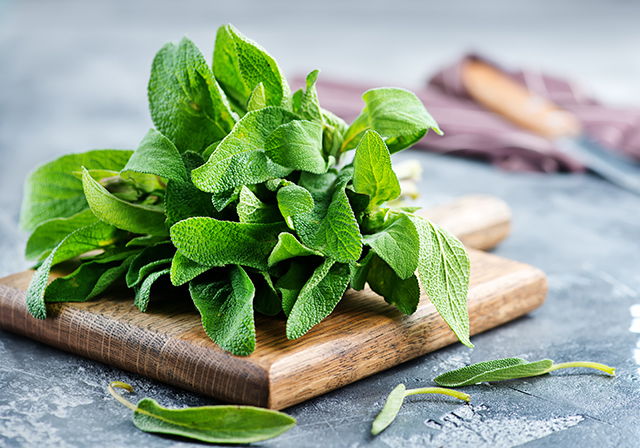Resilience unveiled: Navigating the aftermath of trauma
08/08/2025 / By Kevin Hughes

- Resilience enables individuals to endure unimaginable trauma and emerge stronger, as explored in Laurence Gonzales’ work “Surviving Survival.” Examples like Debbie Kiley’s shipwreck survival highlight how trauma reshapes the mind, often trapping survivors in emotional “survival mode” despite physical safety.
- The brain’s intuitive warning systems—like Lisette Johnson’s premonition of her husband’s violence—can override logic to protect us. Trusting these instincts is critical, as they signal hidden dangers before conscious awareness catches up.
- Trauma recovery often involves altruism, creative outlets and goal setting. Lisette Johnson and Eileen Berlin channeled their experiences into helping others and personal growth (e.g., running), transforming pain into purpose.
- Confronting fears systematically—as Micki Glenn did with shark trauma via exposure therapy—allows survivors to desensitize triggers and reclaim their lives. Adaptability and positive attitudes are key to reshaping post-trauma mental frameworks.
- From Chris Lawrence’s trust in intuition to Kathy Russell Rich’s reinvention after cancer, survivors demonstrate that new experiences (e.g., travel, education) rebuild identity. Leon Weliczker Wells’ resilience in Nazi camps underscores finding meaning amid chaos through documentation and altruism.
In a world where adversity is an inevitable part of the human experience, the art and science of resilience have emerged as a beacon of hope and transformation. Laurence Gonzales’ seminal work, “Surviving Survival: The Art and Science of Resilience,” delves into the profound journeys of individuals who have faced unimaginable trauma and emerged not only intact but often stronger and more purposeful. This exploration of resilience offers a masterclass in understanding how the human spirit can not only survive the unthinkable but also thrive in its aftermath.
The harrowing tale of Debbie Kiley, a sailor who survived a shipwreck during a hurricane, exemplifies the raw power of trauma and its enduring impact. As towering waves claimed the life of the captain’s girlfriend, Debbie’s world was engulfed in chaos. Despite the horror, she and a fellow crew member, Brad, endured unimaginable thirst and psychological torment, resisting the temptation to drink seawater. Their rescue by a Russian freighter marked the end of their physical ordeal but the beginning of a new battle—one waged within the confines of their minds.
Debbie’s brain, in its relentless quest for survival, had encoded memories of danger with such intensity that she struggled to return to normalcy. The trauma had split her in two: Her rational mind knew she was safe, but her emotional system remained trapped in survival mode. This phenomenon, as Gonzales explains, is rooted in the brain’s cardinal rule: future equals past. In response to trauma, the brain rewires itself to protect us, often at the cost of our ability to live fully in the present.
The story of Lisette Johnson further illustrates the brain’s remarkable ability to protect us through intuition. Decades before her husband attempted to kill her, Lisette experienced a premonition—a “sixth sense” warning her of the danger lurking beneath the surface. This intuition, often dismissed by the logical mind, is a survival mechanism that can alert people to threats even when their conscious awareness fails.
Lisette’s journey of recovery highlights the therapeutic power of altruism and the importance of finding purpose in the aftermath of trauma. By helping others and sharing her story, she transformed her experience into a source of strength and meaning. Similarly, Eileen Berlin’s encounter with a crocodile left her with emotional scars that were only healed through the concept of “creative aggression.” By channeling her energy into running and setting goals, she fought back against adversity and used it as a platform for growth.
Micki Glenn’s encounter with a shark underscores the importance of confronting fears and systematically rewriting mental models. Through exposure therapy, she gradually desensitized herself to the trauma, reclaiming her life in the process. Her story is a testament to the power of a positive attitude and the capacity for growth in the face of adversity.
Chris Lawrence’s experience in Iraq taught him to trust his intuition—a survival mechanism rooted in the brain’s ancient structures. His journey of recovery involved embracing flexibility and adapting to life with a prosthetic leg. Jessica Goodell’s work in the Mortuary Affairs unit of the Marines left her with emotional scars that she healed through education and a commitment to helping others. Her story highlights the importance of finding meaning in the aftermath of trauma.
Kathy Russell Rich’s decision to move to India and learn Hindi after a cancer diagnosis illustrates the transformative power of travel and learning. By creating new mental maps and embracing new experiences, she was able to reinvent herself and find a new sense of self. Patricia van Tighem’s encounter with a bear serves as a poignant reminder of the importance of listening to one’s inner voice and trusting their instincts.
Leon Weliczker Wells’ story is a testament to the resilience of the human spirit and the power of survival by surrender. Despite the horrors of a Nazi concentration camp, he found purpose in documenting the atrocities and eventually escaped to live a fulfilling life. His story underscores the importance of finding meaning in the midst of chaos and the power of altruism.
The stories of resilience explored in Gonzales’ book reveal the incredible adaptability of the human spirit. They show people that while trauma can shatter their lives, it can also be a catalyst for transformation and growth. By embracing strategies such as sublimation, altruism and mindfulness, people can navigate the aftermath of trauma and emerge stronger, more compassionate and more resilient.
Watch this video about Laurence Gonzales’ book “Surviving Survival: The Art and Science of Resilience.”
This video is from the BrightLearn channel on Brighteon.com.
Sources include:
Submit a correction >>
Tagged Under:
adversity, altruism, Brain, emotional scars, human spirit, intuition, Laurence Gonzales, memories, mental, mental maps, mind body science, mindfulness, Nazi, positive attitude, premonition, resilience, sixth sense, sublimation, survival, trauma
This article may contain statements that reflect the opinion of the author



